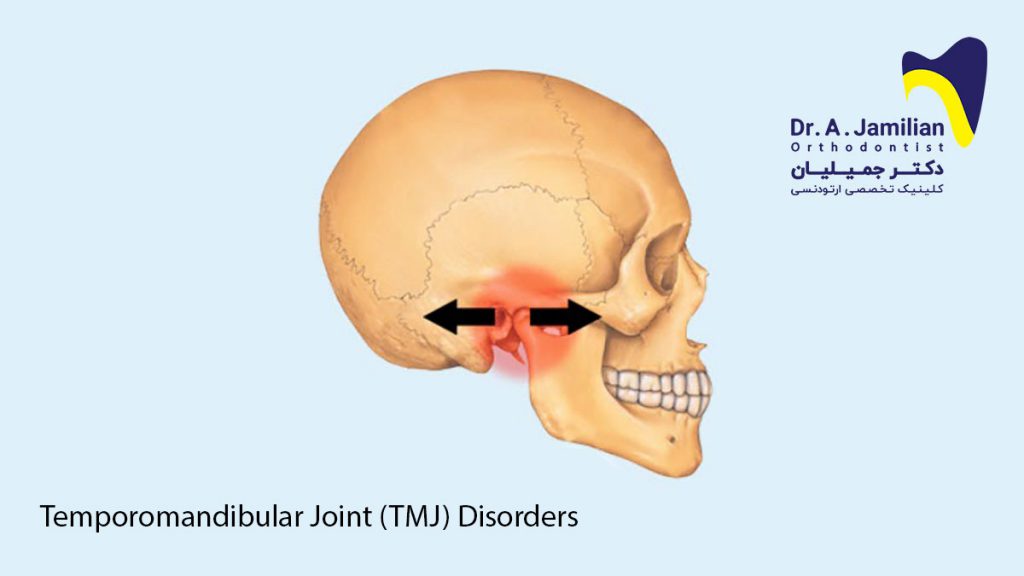Many people visit physicians complaining of diseases they do not exactly know their causes, most of whom do not achieve the desired result and complete recovery. Most treatments that such patients receive merely soothe the condition. However, the condition may gradually recur differently. The Temporomandibular joint (TMJ) is one of the body organs highly vulnerable to the development of such diseases.
Symptoms of TMJ disorders
Similar to all other joints in the body, there is a disc between articular surfaces of the TMJ that reduces friction between articular surfaces and protects the hard bone tissue against pressures. The unique position of this disc contributes to the protection and regulation of the orthopedic systems of the body. When the temporomandibular disc loses its physiological position (for example, the disc moves forward), it can cause disorders similar to the lumbar disc, which are accompanied by the jaw popping sensation.

This is a symptom or signal of disorders in the TMJ or other problems such as headaches, nervous migraines, earaches, and disturbance to various orthopedic units of the body. There are many cases where a patient visits an otolaryngologist complaining of severe earache but the otolaryngologist diagnoses any problem with the ear. The TMJ disorders can easily remain as a dull and vague earache, while the patient may be looking for the cause somewhere in the ear, nose, or throat. People with problems such as headaches and nervous migraines cannot usually assume that they improve their condition by visiting an oral and maxillofacial specialist or a dentist specializing in jaw disorders (prosthodontist).
Diseases with maxillofacial origins in other parts of the body
Mispositioned jaws or teeth, regardless of the cause (e.g. genetics, heredity, or poor maxillofacial development, especially in childhood and adolescence), can cause serious problems for the body. In addition, incorrect orthodontic practices or mistakes in dental restoration, filling, and implantation can change the height of the jaw and cause disease. Such cases can lead to disorders in the TMJ and the musculoskeletal system of the jaw and face.
Believe it or not, many headaches, neck aches, dull facial pains, nervous migraines, tinnitus, and even pelvic rotations and limb length discrepancy may be caused by temporomandibular disorders (TMD), which refer to diseases that originate from the jaw but appear away from the jaw.
Treatment of TMJ disorders
It is noteworthy that such musculoskeletal disorders can be treated through nonsurgical and non-invasive methods. After diagnosing the disorder, special dental guards may be used to treat primary or secondary complications. These dental guards aim to change the position of the TMJ and then maintain and support the new position. If a patient with TMD is prescribed to wear a dental guard with the right dimensions, it can greatly improve disorders in the musculoskeletal system of the jaw and face and prevent inappropriate body reactions. Based on the severity of the disease and the treatment type, dental guards, mainly made of acryl, polyethylene, and resistant metal, are exclusively fabricated for each patient in specialized laboratories.






